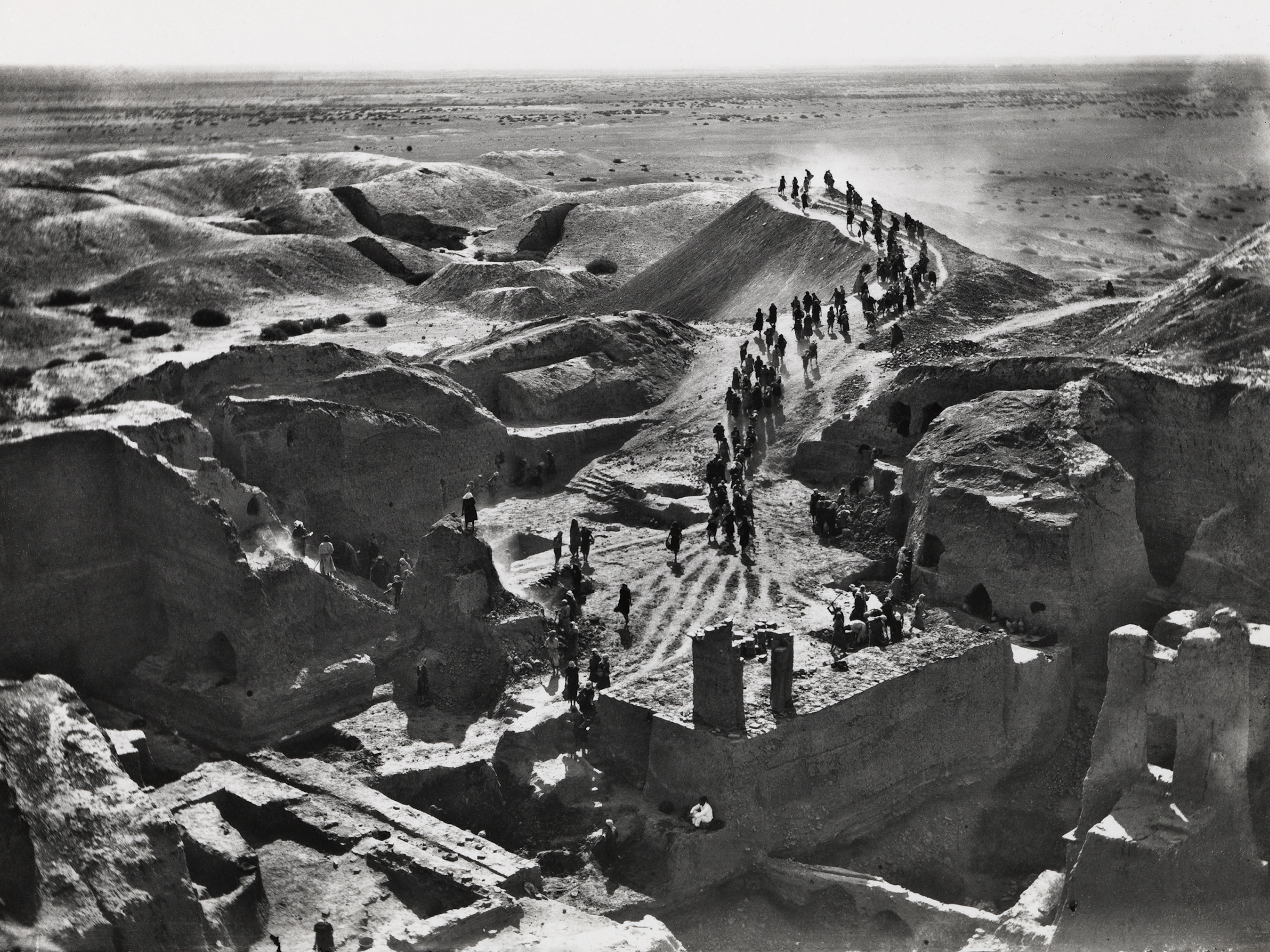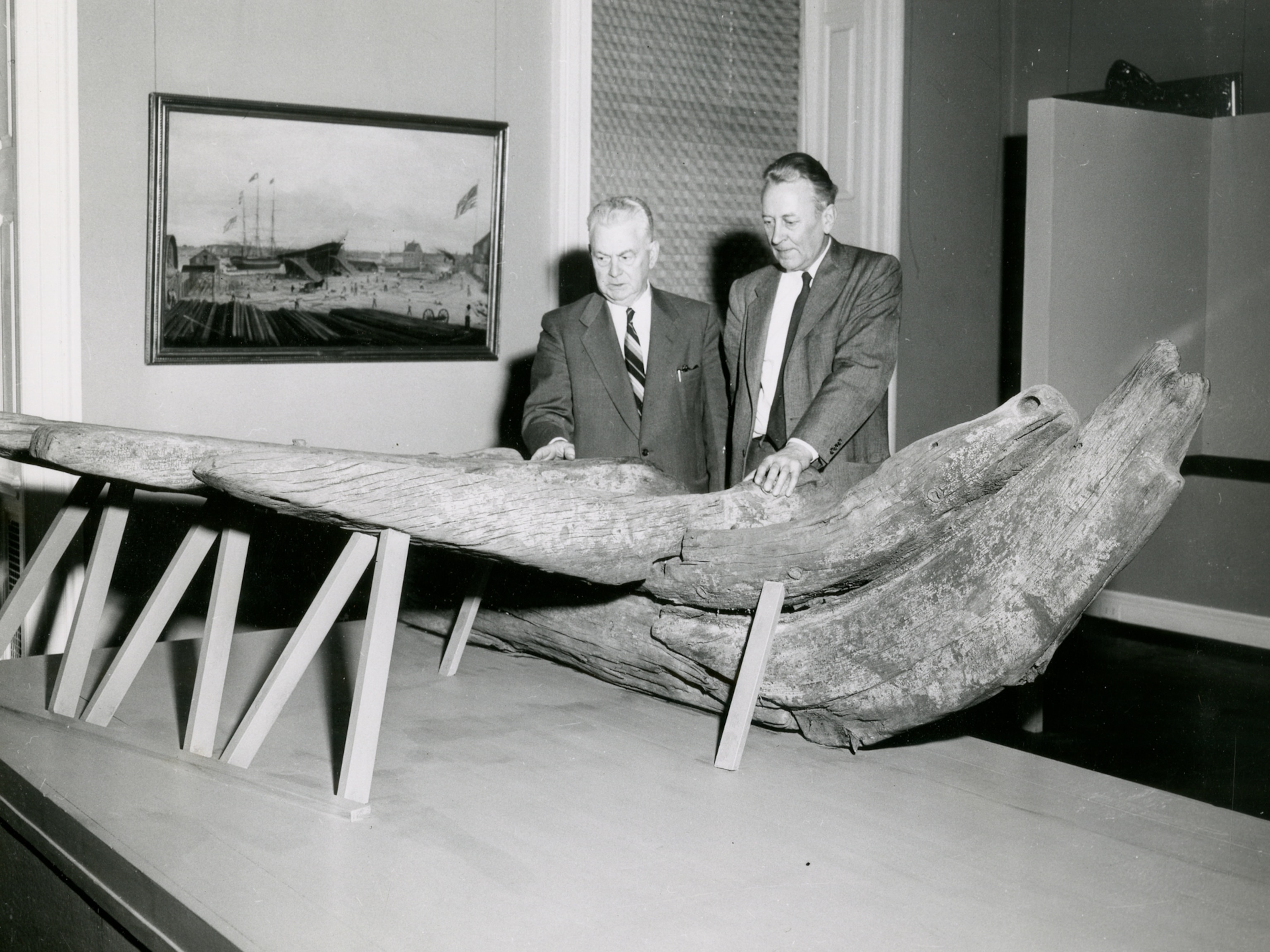These Charts Show That Detroit Is Surprisingly Crowded
It's lost a million people since the 1950s, but Detroit is still more densely populated than many major American cities.
Detroit is often described as sparsely inhabited and marred by abandoned buildings, but its population density—the number of people per square mile—ranks 69th among the nearly 300 U.S. cities with more than 100,000 residents.
Despite losing more than a million people over the last 60 years, Detroit’s density is still higher than in Sacramento, Denver, Austin, Atlanta, and Salt Lake City, to name a few. Portland, Oregon, is roughly the same size as Detroit, yet has nearly 1,000 people less per square mile.
The Motor City is also ahead of sprawling Sun Belt cities such as Houston, Las Vegas, and Phoenix, which is almost four times the size of Detroit but has half the population density. But these places are never described as empty, likely because they have not seen the same level of urban decay.
Built for two million people, today Detroit is home to less than 700,000. That staggering population loss led to high rates of abandoned homes and vacant lots in some areas, but many of the city’s neighborhoods are still thriving and others are rebounding.
Compared to cities that are smaller in size and far more dense, such as New York, San Francisco, and Boston, Detroit appears emptied out, but compared with a wider sampling of cities it’s actually faring pretty well. Detroit's not just a vacant, urban wasteland.
The size of a city greatly affects its population density. Many cities, particularly in the West and Sun Belt, have increased in area as well as population over the last century. By annexing suburbs and rural areas, some have actually decreased in population density while the number of residents grew.
Follow Kelsey Nowakowski on Twitter.





